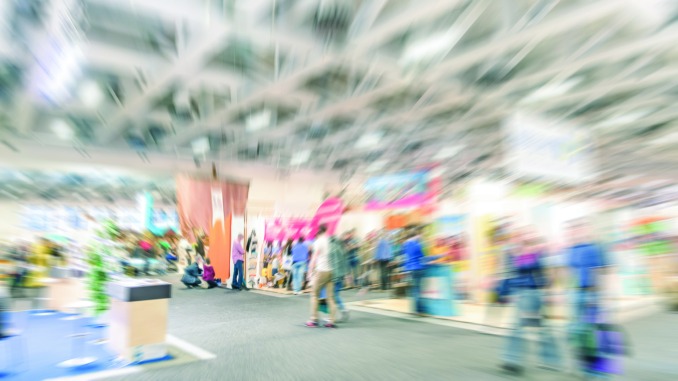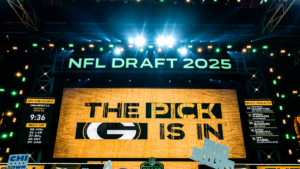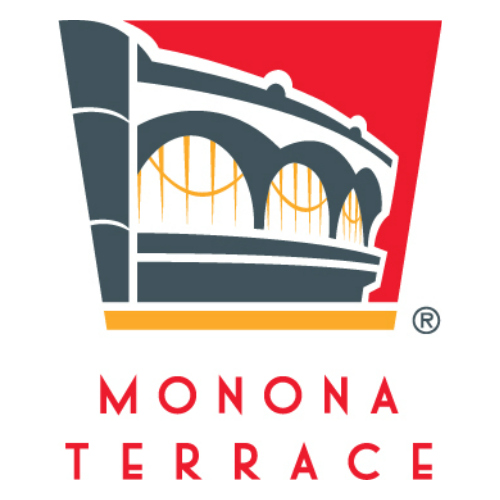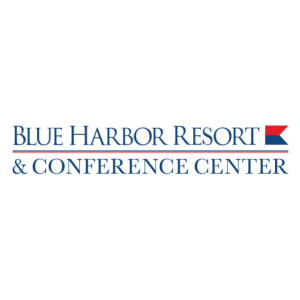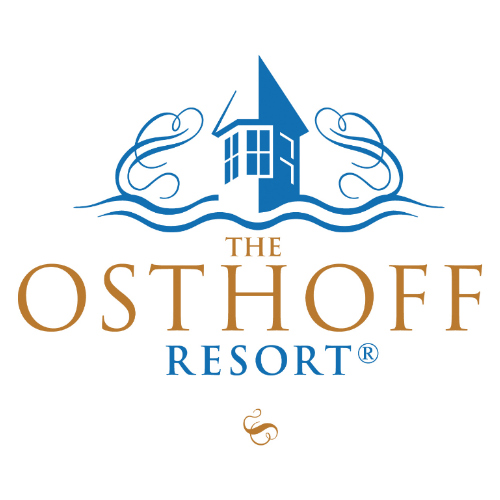Trade Spaces: Making an Impact at the Trade Show
06/30/2017
By Ronnie Garrett
When the economy tanked in 2008, trade show attendance fell off too, according to Patti Malliet, vice president of Nimlok Milwaukee/ KMK Exhibits, a Milwaukee-based company that makes custom trade show exhibits and displays.
Though on the surface this seems like bad news for trade shows, Malliet assures it has not been. In the past, companies viewed attending trade shows as a perk for employees, which meant those in attendance were often only there for a free trip to a cool destination, tasty treats and giveaways. Today, she says up to 80 percent of the people in attendance have buying authority. She continues, “Companies have downsized, and are really lean and mean right now, so they are not sending as many people. So, although trade show attendance is down, the attendees now are the ones exhibitors really want to reach. This is a good trend, and one that’s very positive for any company that is looking at exhibiting.”
While trade shows have yet to return to previous levels in size, 2017 looks to be a year of positive growth for the meetings and events industry. Malliet says the growth rate is expected to be approximately 2.5 percent. The strong industries for meetings and events, however, have shifted from government and educational shows to electronics, sporting goods, food and travel events. “Today’s trade shows are very focused on those with discretionary income, which is a real indicator of the economy and how it is going,” she says.
With more qualified people in attendance than ever before and growth expected in the industry, how can event planners make some real strides and create a big splash with their events? Malliet recommends good communications, new technologies and splashy exhibit space to maximize trade show exposure.
Consider Calculated Communications
A trade show investment can be a sizeable part of a company’s marketing budget, which makes it important to plan and implement communications leading up to, during and after the event.
Malliet says pre-event work is where it’s at right now, and notes there are many things that can be done to get the word out and increase awareness. She says if companies use all the available mediums to build awareness, they can increase event participation and draw traffic to their booths.
Though Malliet says she sees a lot of email and digital communications, especially via Twitter, Facebook or Linked In, she says that “direct mailing is still a good way to reach someone.”
“If you send someone a postcard that tells them to stop at your booth to see a new product or service, and offer an incentive for them to bring that postcard with them, you can increase interest in your company and traffic at the show,” she says.
She recommends supplementing snail mail communications with ongoing social media efforts that let would-be attendees or customers know you’re going to be at the event, and encourage them to stop by. “Social media can really help because as you know, when people get something in the mail, sometimes it gets thrown in the wastebasket,” she says. “And, for a company with a smaller budget, social media is a less expensive way of promotion.”
She adds that announcements should be well paced as they lead up to the event, designed to peak interest, and include the company’s booth number.
Tap into Technology
“The three main goals of exhibiting are brand awareness, lead generation and relationship building,” says Malliet. This means an exhibit must draw attendees to it, and though “digital dazzle” is nice, and often viewed as a must-have, it’s meaningless if the company’s brand and products are lost in a sea of technology.
“You have to remember that the main goal for attendees, in most cases, is to see what is new,” she says. “Your exhibit needs to very clearly communicate what you do. Many times, I will see a nice, bright, shiny and new exhibit, and when I walk up to it, I have no idea what the company does. It just turns me off and I won’t even stop. Companies need to be very clear and strategic about how they showcase their products. If it’s a physical product, that can be easy to do, but if it’s a service, you need to clearly show it in a graphic.”
IoT Daily predicts that over the next four years, global shipments of virtual reality (VR) headsets will increase from 10 million to 61 billion, and augmented reality (AR) headset sales will increase from 100,000 to 1.5 million. It’s no wonder with those stats in mind that these technologies are increasing in popularity at events and conferences. This technology enables companies to share information and demonstrate products in an interactive and engaging way.
“A lot of people are using virtual reality,” Malliet says. “We are not at 100 percent yet, but people seem to like this technology. It started as an attraction; something that was cool and fun, but it’s now a way to showcase a product that you can’t bring in. Years ago, we did an exhibit for a manufacturer in Switzerland that made newspaper printers. Of course, they are huge! This company brought in part of one to the event, and it was horrendously expensive. Had virtual reality been available at the time, it might have been much easier for them, and certainly less expensive.”
Malliet says she’s also seeing exhibitors using touchscreens and computers, tablets or cellphones to register leads; a far cry from the old days when companies had to rent a lead retrieval system attached to a cord. “This is much easier and sends information back to the office in real time,” she says.
Apps are also a great way to get attendees in the booth and participating, adds Malliet. She points out that younger audiences are very technologically savvy and expect apps to be available. She cautions, however, that any app a company offers should be designed to generate leads from those using it.
Get into Games
Games have become a very popular way for companies to promote products and services. The key though is to not make the games the only reason for stopping by. Malliet reminds that the main goal of being at an event is to showcase the company’s brand and products.
“You have to be really careful with games,” she says. “I think they are fine but they have to somehow relate to what you do, because otherwise people will come in, play the game, get the giveaway and leave, and you’ve just used up valuable time working with someone who has no interest in your product.”
She recommends that games keep the three goals of being at a trade show in mind: brand awareness, lead generation and relationship building. To avoid collecting unqualified leads, it’s important that the game ties to what the business does and that the prize be one of interest to the types of people the company hopes to reach.
Back to Basics
“I’ve always told clients that graphics are more important than anything else because they can tell a story,” she says. “This gets back to the smaller exhibitors with smaller budgets. All they really need is a frame to hold the graphics. They can put all their money into the development and production of graphics because the right graphic will make someone stop and take a look. Companies don’t need some doubledeck exhibit but they do need graphics that clearly show their products.”
There are some mistakes she sees again and again, and these include graphics with too many words on them. “Ask yourself if someone is really going to take the time to stand there and read a ton of text,” she says. “You have got to tell your story in a way that someone can immediately understand what you do and how it will benefit them.”
One trend she is seeing a lot of is fabric booth displays as opposed to the hard plastic booths of the past. Companies are now bringing in an aluminum structure and putting fabric over it. “We thought it would be a trend and then die out, but it keeps growing because fabric is so versatile, inexpensive and lightweight,” she says.
Color is another trend she’s seeing in booth displays. Companies are moving away from monotones and dark colors in favor of happy, bright colors. “We see a lot of natural wood, color and fabric,” she says.
When it comes to furniture, Malliet issues a word of caution, and asks if the furniture is for the attendee or the staff. She adds that she’s old school and believes booth staff should never be sitting.
“In addition, if you’re going to meet with somebody at the booth, it’s probably best to have a bistro-height table and a couple of stools; comfortable but not too comfortable,” she says. “This way people are going to sit but they’re not going to sit and stay forever. That becomes a problem when you rent a couch or real comfortable chairs.”

